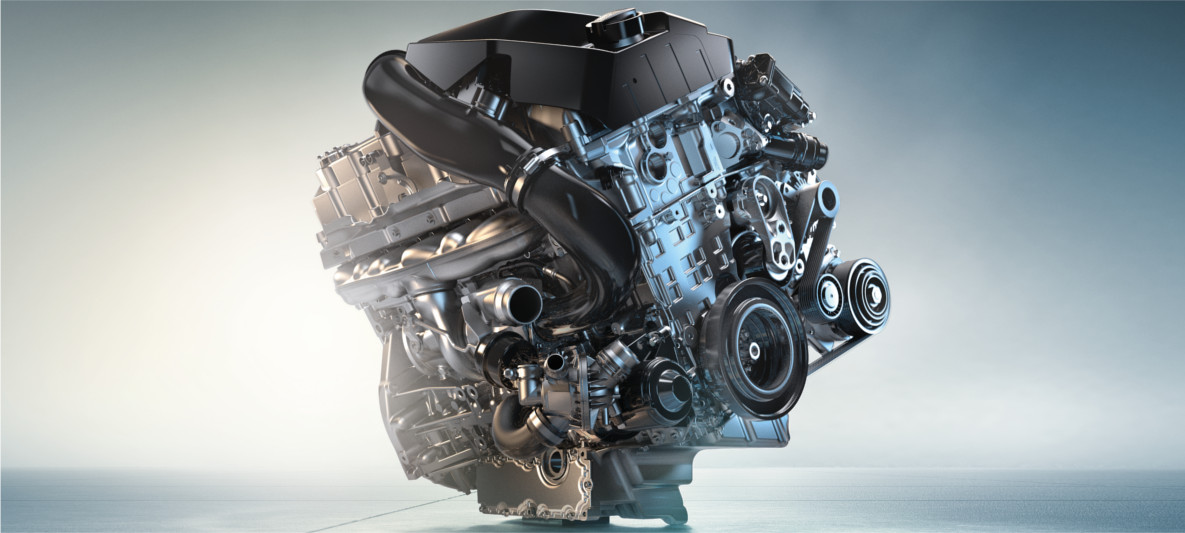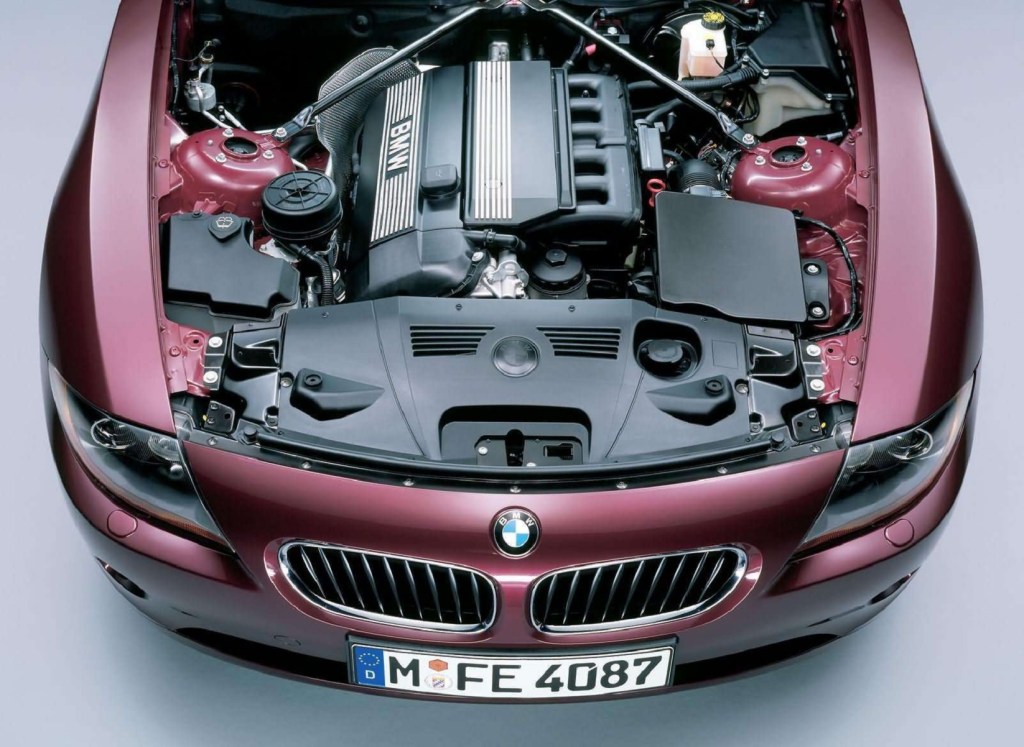Revealing the Intricacies of Next-Generation Power Units: a Deep Study Advanced Engine Advancements and styles
As we stand on the precipice of a brand-new period in transport, the complexities of next-generation engine designs beckon us to check out the sophisticated technologies and advancements that assure to redefine the driving experience. Digging much deeper into the worlds of emission control, intelligent engine management systems, and the perspective of power unit growth, we find ourselves on the cusp of a makeover that guarantees to improve the landscape of mobility as we recognize it.
Advancement of Engine Products

The change towards progressed engine products has actually additionally allowed designers to develop engines with higher power outputs while preserving gas effectiveness standards. The usage of lightweight products lowers the overall weight of the engine, leading to boosted fuel economy and reduced discharges. In addition, innovations in products technology have actually permitted far better thermal management within engines, resulting in raised integrity and long life.
Turbocharging and Supercharging Technologies
Exactly How do Turbocharging and Supercharging Technologies reinvent engine efficiency and efficiency in contemporary vehicles? Turbocharging and supercharging are modern technologies that significantly boost engine efficiency by boosting the amount of air consumption into the combustion chamber. Turbocharging attains this by utilizing a generator driven by exhaust gases to pressurize the intake air, while turbo charging utilizes a belt- or chain-driven compressor to attain the same result.
These modern technologies enable smaller sized, a lot more fuel-efficient engines to produce power equivalent to larger ones, known as downsizing. By compeling more air into the cyndrical tubes, turbo charging and turbocharging enhance combustion efficiency, resulting in enhanced horsepower and torque output without a substantial increase in engine dimension. This brings about better velocity, pulling capability, and overall driving performance.
In addition, turbo charging and turbocharging add to improved gas effectiveness by allowing the usage of smaller engines that eat much less fuel under regular driving conditions - bmw engine. This combination of boosted performance and performance has made turbocharging and supercharging indispensable components of several modern-day engine designs
Discharge Control and Environmental Impact
With enhancing international problems regarding air top quality and environmental sustainability, the execution of discharge control modern technologies in cars plays an essential function in decreasing dangerous contaminants launched right into the atmosphere. Modern cars are outfitted with innovative exhaust control systems that help reduce the ecological influence of automotive procedures. Catalytic converters, for circumstances, are created to convert hazardous gases such as carbon monoxide gas, nitrogen oxides, and hydrocarbons into much less dangerous substances like carbon dioxide and water vapor.
Furthermore, advancements in engine innovation, such as the combination of exhaust gas recirculation systems and discerning catalytic reduction, have actually significantly added to decreasing emissions. These modern technologies operate in tandem to enhance burning effectiveness and lessen the launch of harmful contaminants into the air. In addition, the growth of crossbreed and electrical cars stands for a vital step towards minimizing the total environmental footprint of the transport industry.
Intelligent Engine Management Equipment

Additionally, these systems make it possible for cars to meet rigid emissions criteria without compromising efficiency, providing an extra eco-friendly driving experience. The integration of fabricated intelligence and maker knowing capacities in engine management systems proceeds to press the limits of what is possible, causing further enhancements in performance, integrity, and total car efficiency. bmw engine. As auto modern technology advancements, smart engine management systems will play a crucial function in forming the future of transport towards a much more efficient and sustainable direction
Future Trends in Power Device Growth
As intelligent engine administration systems lead the way for enhanced control and optimization in modern cars, future fads in power device growth are poised to redefine the landscape of automobile propulsion innovations. Among the crucial fads driving innovation in power unit development is the shift towards electrification. With a boosting emphasis on sustainability and minimizing carbon exhausts, crossbreed and electrical powertrains are coming to be extra widespread in the automotive industry. These alternative source of power offer improved efficiency and efficiency while straightening with stringent ecological laws.
Another substantial pattern is the combination of advanced materials and making methods. Lightweight products such as carbon fiber and light weight aluminum are being used to reduce total automobile weight, improving gas performance and performance. Additionally, innovations in 3D printing and additive manufacturing are enabling the manufacturing of complicated engine components with higher precision and toughness.
Moreover, expert system and device learning are playing a critical duty in enhancing power unit More about the author efficiency. These technologies permit real-time monitoring and flexible control, leading to a lot more trustworthy and efficient power shipment. Overall, future patterns in power device advancement are tailored towards sustainability, performance, and performance, driving the vehicle industry towards a new period of propulsion technologies.

Conclusion
Finally, the developments in engine products, turbocharging, emission control, and smart management systems have actually led the method for next-generation power devices. These about his developments have not just improved performance and performance but additionally reduced environmental influence. As technology proceeds to advance, future trends in power device development are likely to concentrate on more enhancing sustainability and enhancing power result. The intricate styles and technologies in modern engines showcase the continuous advancement of automotive innovation.
Exploring the progressive advancements in engine materials has been critical in improving the performance and effectiveness of contemporary engines. Over the years, the development of engine materials has played a vital function in pressing the limits of what engines can accomplish.The change towards progressed engine materials has likewise allowed designers to make engines with greater power results while preserving gas performance criteria.The execution of smart engine administration systems in contemporary cars has revolutionized the way engines are regulated and maximized for efficiency and effectiveness. By collecting data in real-time and assessing it with innovative formulas, intelligent engine management systems can adjust to driving styles, environmental variables, and engine wellness to make best use of power result while lessening fuel intake and discharges.